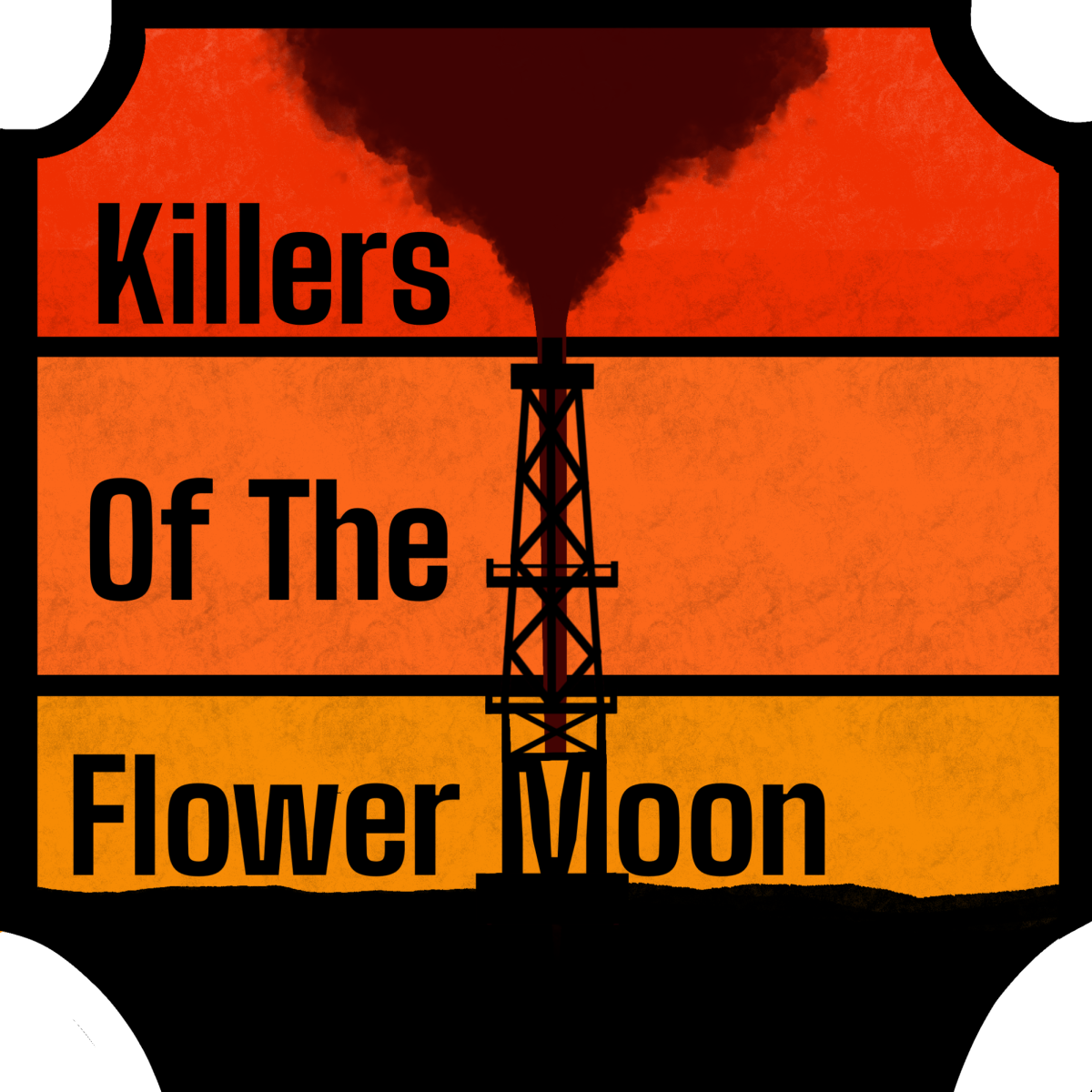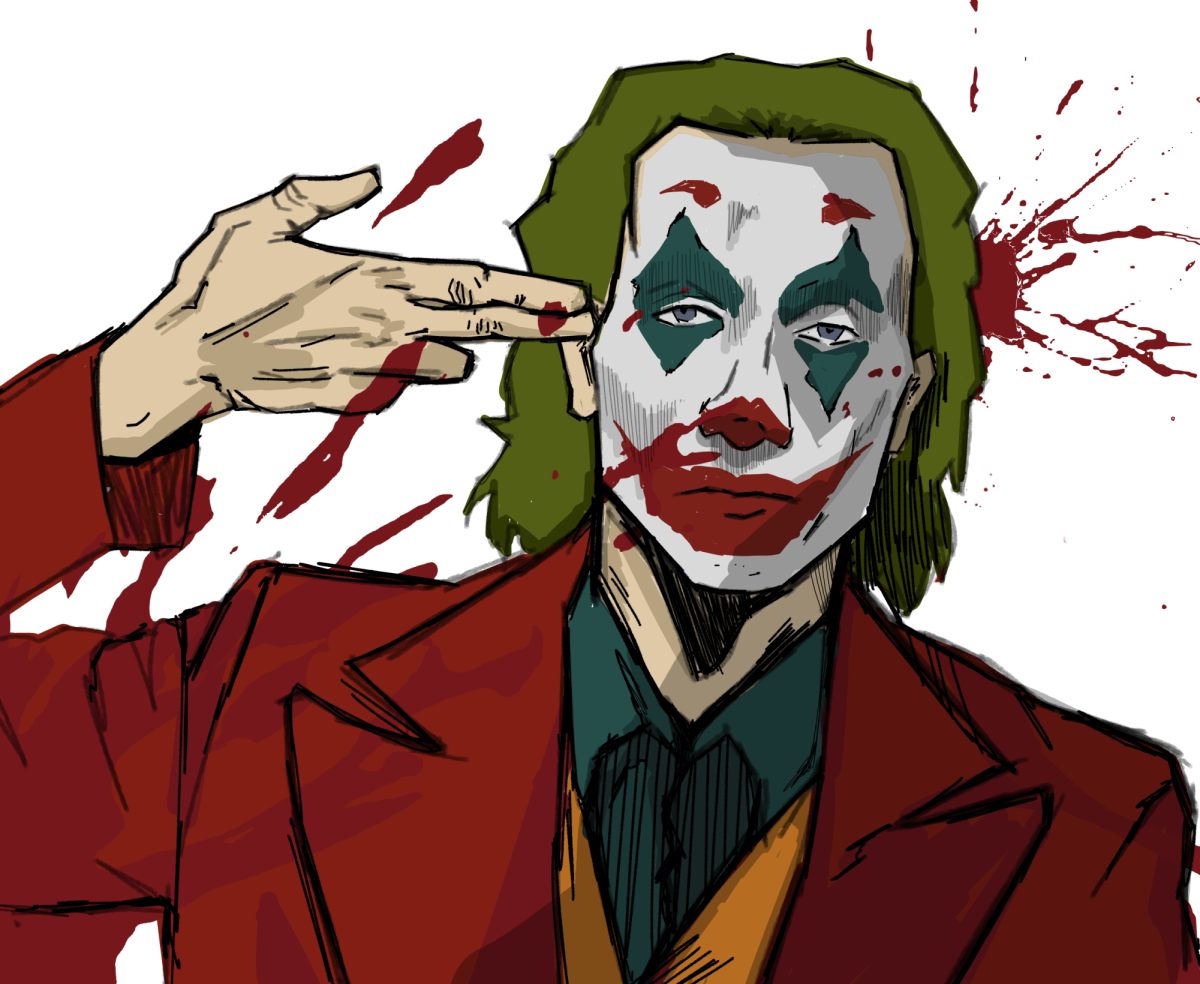

In a scene from Martin Scorsese’s late-career masterpiece, “Killers of the Flower Moon,” Mollie Burkhart, played by Lily Gladstone, an Osage woman who has just experienced horrific tragedies in her community perpetrated by white Americans looking to steal oil-rich land from the Osage tribe, walks through a train station. She is out of place. White men walk back and forth through the platform, staring at her as if she is an outsider. Her people lived there for generations before the first white settlers landed on the continent, but still, she is looked at as if she does not belong.
“Evil surrounds my heart,” she thinks to herself. “Many times I cry, and this evil around my heart comes out of my eyes. I close my heart and keep what is good there, but hate comes. They say I ought to kill these white men who killed my family.”
In another scene, our primary protagonist, the deplorable Ernest Burkhart, portrayed by Leonardo DiCaprio, husband of Mollie, returns home from the war to his uncle, William K. Hale, played by Robert De Niro, an even more vile monster masquerading as a kind-hearted rancher. Hale swiftly recruits his easily manipulated nephew into a malicious scheme to steal inheritance money from the newly rich Osage community. He instructs his nephew to read a book about the history of the Osage people in Fairfax, Oklahoma.
“Oklahoma, where famine walks by day, and hungry wolves by night,” the book reads. “Can you find the wolves in this picture?”
With his latest film, Scorsese has firmly placed himself with the likes of Ingmar Bergman, Akira Kurosawa, Stanley Kubrick, etc. as the greatest directors to ever live. His career has already been sensational, both to the general public and the film-obsessed, with crowd-pleasers such as “Goodfellas,” “The Wolf of Wall Street,” “The Departed” and his more art-house leaning works, including “Raging Bull,” “The King of Comedy” and “Bringing Out the Dead.” “Killers of the Flower Moon,” however, is something else entirely.
The film recounts the true story of a series of killings of the Osage tribe, perpetrated by White men in Oklahoma in a plot to steal the tribe’s land and the oil underneath it. It is a story without twists or turns, intentionally void of suspense. You see every beat of the story coming from miles away. The inevitability of the injustices and violence Indigenous people face is not used as entertainment value, but rather as a devastating reminder of the roots of the nation. The film is three hours and 26 minutes, and it absolutely feels like it. It traps the viewer in its horror, where the wolves feast on the innocent and everyone stands on the sidelines, watching idly.
“Killers” may hold the record for most onscreen murders within his entire filmography, but none have an ounce of the entertaining energy as “The Departed.” Instead, they are presented matter of factly, without sensationalization or style. At one point in the film, a law enforcement character explains that most people equate killing a Native American as the same as killing an animal. Nothing about this story is exciting or entertaining, and it should not be. In the film, the FBI, led by the phenomenal Jesse Plemons, steps in to “solve” the murders. Not because genocide is being committed against the American people, but because they paid them several thousand dollars to step in.
Speaking of Plemons, every performance in this film is beyond excellent. DiCaprio leads the movie in his most despicable role yet, as a greedy buffoon who allows his uncle to trap him in a prison built by his own evil deeds. De Niro warps his current persona of a kind grandpa into the most spine-chillingly evil malignant presence he has ever portrayed or has ever been featured in a Scorsese film. The true stand-out performance is Gladstone as Mollie, who performs her tragic role with power and truly gut-wrenching humanity.
DiCaprio and De Niro’s relationship and the atrocities the two commit take up most of the film’s runtime. Their chemistry together is gripping, and despite not liking either of them, I was completely entranced in every scene they shared. The casting is also incredibly interesting when viewed as a statement about Scorsese’s career. In my view, the film works perfectly as a confirmation that Scorsese’s films all tell the story of America, a nation run by gangsters and rotted by greed and hatred. DiCaprio previously led “The Wolf of Wall Street,” a film about a conman who exploits vulnerable Americans to get himself and his buddies rich. He does the same in “Killers,” but without the exhilarating highs found in the aforementioned film. De Niro portrays a deceptively compassionate mentor to the Fairfax, Oklahoma community, who harnesses a deep-rooted evil inside of him, as do other characters he portrays in Scorsese’s filmography, such as Travis Bickle and Jake LaMotta.
With this in mind, I read the film as a reckoning between Scorsese and the violence he showcases in his movies. He never celebrates male violence or toxic masculinity, but even the ways he portrays them lead many ignorant young men to view these characters as role models. Without spoiling the ending of the film, it reinforces this reading. As previously mentioned, “Killers” possesses all of the hallmarks of another crowd-pleasing Scorsese crime epic, but removes the flare and the sensationalization. It instead focuses on the real-life victims and the brutality at the heart of America.
That is what “Killers of the Flower Moon” is really about — America. The story of early America and the genocide committed against Native Americans is told in microcosm through the soul-crushing betrayal of Ernest against his wife Mollie and the Osage people, a story that did not happen all that long ago and the ramifications of which we feel today. It is a story of wolves preying on the innocent, out in the open. Most people just let it happen, and in the end, the wolves won. History is written by the victors, and now the wolves surround us.








